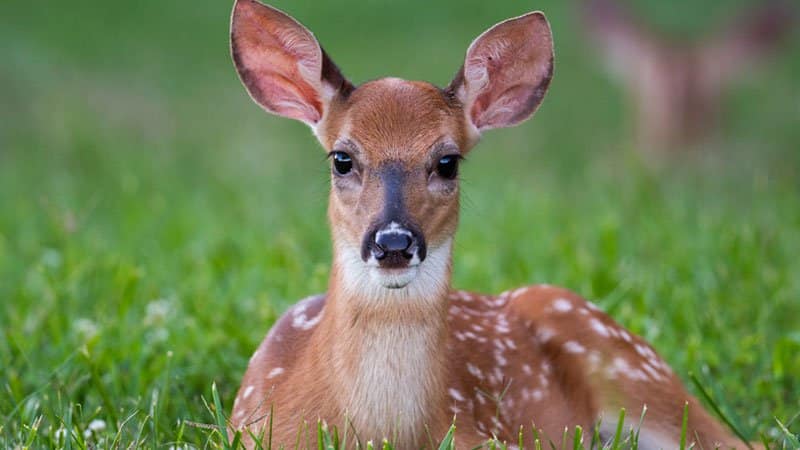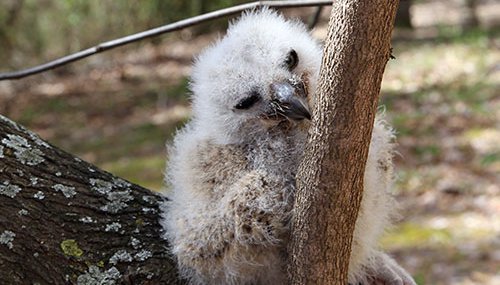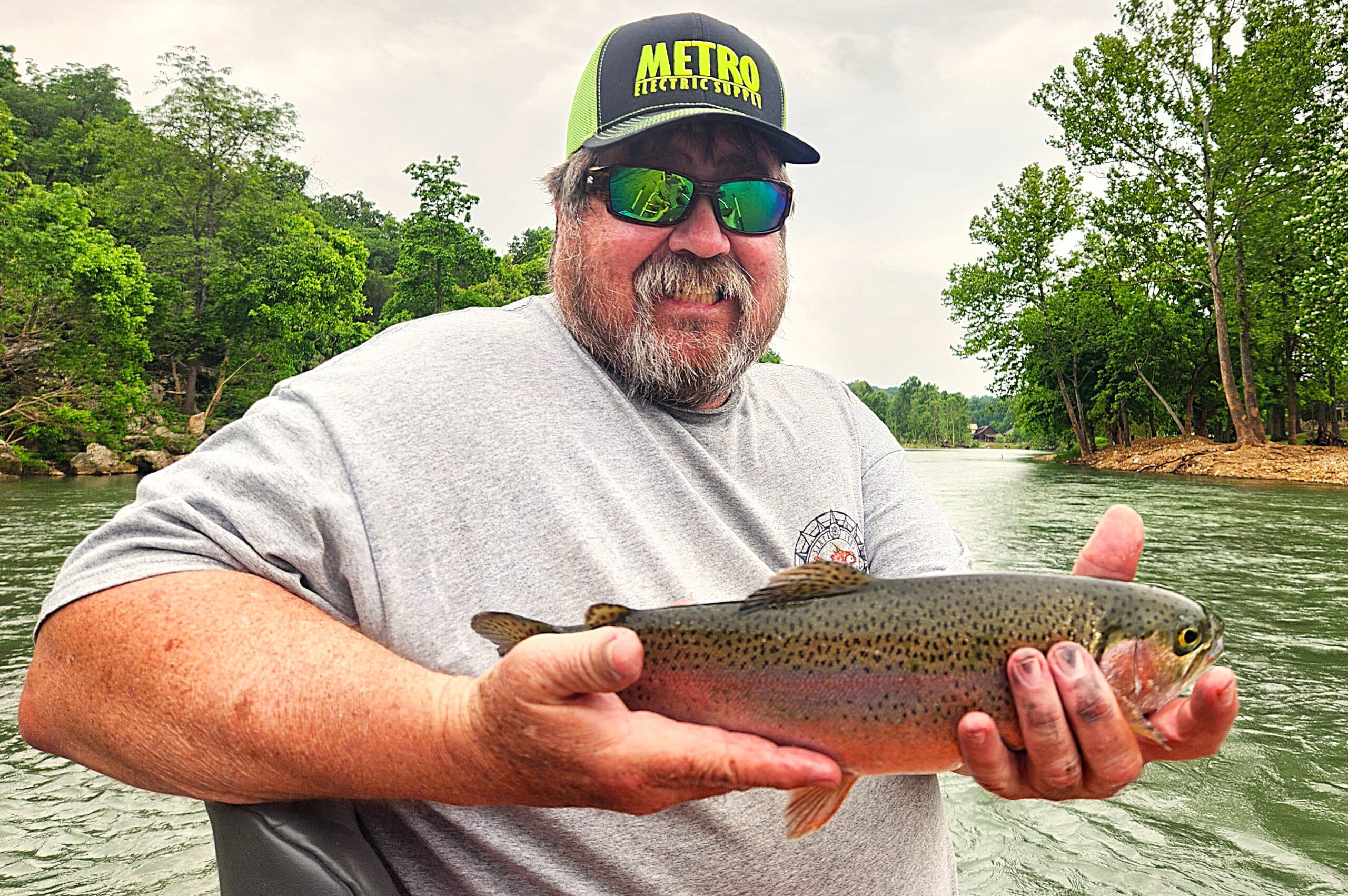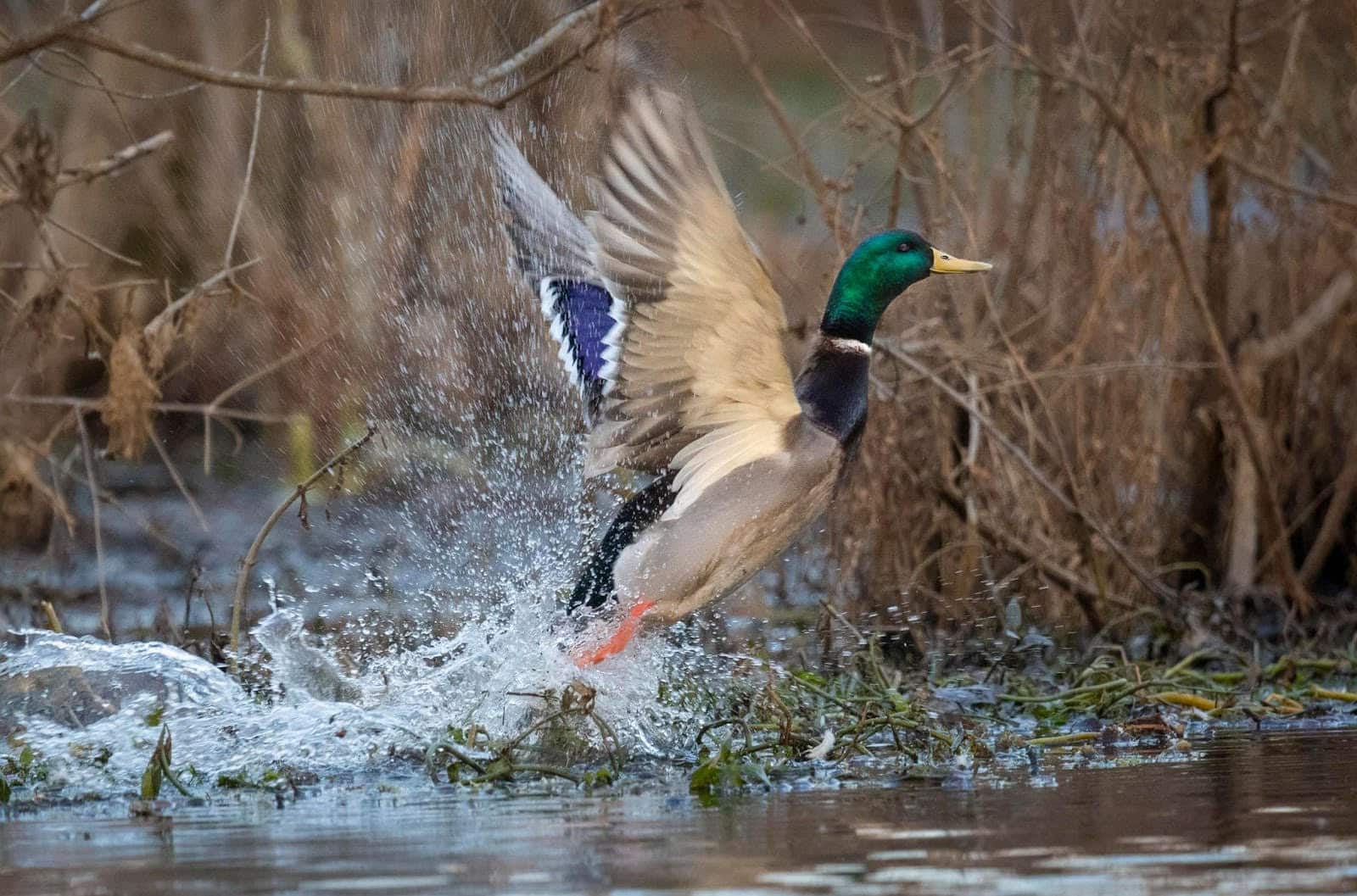Leave orphaned wildlife alone
ON 04-29-2020

April 29, 2020
Randy Zellers
Assistant Chief of Communications

LITTLE ROCK – Many species of wildlife have their young in spring, and many well-meaning Arkansans regularly call the Arkansas Game and Fish Commission to report young wildlife that looks abandoned. But moving these animals can actually cause more harm than good.
Most wildlife parents cannot be with their young nonstop. They must search out food for their offspring or gain much-needed nutrition to continue nursing them. It’s not uncommon for a doe deer or rabbit to leave her young alone nearly all day while they rest up and recuperate from the stress of nursing. Mother and father birds also take many trips scouring the nearby area for food they will bring back to the hatchlings.
It may come as a shock to a person to see these young animals in such a helpless position, but this is how these species have learned to survive. In fact, the more trips back and forth a mother makes to her young in the wild, the more scent trails she leaves behind for predators to possibly follow. Often, a doe deer is within hearing distance of her young, even though you may not see her. The best defenses fawns and rabbit kits have are to stay motionless so they blend into their surroundings and stay quiet so they don’t attract unwanted attention. Baby birds almost ready to fly hop around in the tree branches exercising their wings, and often end up on the ground a few times before finally getting the hang of things. Parent birds will continue to feed them on the ground until they fly off on their own.
Moving “orphaned” wildlife works against this plan. Instead of rescuing them, well-meaning people often mistakenly take them from their mothers and have little to no experience or idea on how to help that young animal. Wildlife rehabilitation experts often are overwhelmed by kidnapped young owls and other birds that were mistakenly “rescued” by well-meaning people.
If you do find a young animal and have taken it from the area, the best practice is to place it back where you found it as soon as possible. In cases where the spot may have been unsafe because of a nearby road or predator, you can move the animal slightly and its mother will find it. Forget the wive’s tales about the mother rejecting the young because of your scent; when she comes back to the area, she will take care of her young regardless.
If you know the animal is injured or truly orphaned and it is not a deer or elk, the Arkansas Game and Fish Commission keeps a list of licensed rehabilitators available on its website at https://www.agfc.com/en/wildlife-management/wildlife-rehabilitation. These rehabilitators do not receive pay for their efforts, have limited space, and often are available only during certain hours, so calling ahead to find one that will take in the animal is highly recommended.
Young deer and elk present an additional challenge. By law, rehabilitators cannot receive or work with members of the deer family, since the transport of live deer may help spread chronic wasting disease, an illness in deer very similar to mad cow disease in cattle. A person picking up a deer from one area may possibly infect the new release site once the animal is rehabilitated. The presence of the deer at the rehabilitator’s location also may contaminate their facility, making it possible to spread the disease to any future rehabilitated cervids. Because of the potential to spread this disease, the AGFC was forced to ban the possession and rehabilitation of all cervids (deer, elk, moose and reindeer) in 2017.
If you happen upon a fawn, you legally must leave it where you find it. Just because an adult deer was found dead nearby does not mean the fawn is alone. That deer that was hit by a car may not be the fawn’s mother. Even in cases where the mother has been killed, there is still a chance other does are nearby that will take in the fawn as their own if they find them. In either case, that animal’s best chance of living a healthy life in the wild is for people to step aside and let Mother Nature take care of things.
Recent News

Arkansas Wildlife Weekly Fishing Report
Jun. 26, 2025

2025-26 Federal Duck Stamp reveal Friday
Jun. 26, 2025
Subscribe to Our Weekly Newsletter E-mails
Don’t miss another issue. Sign up now to receive the AGFC Wildlife Weekly Newsletter in your mailbox every Wednesday afternoon (Waterfowl Reports are published weekly during waterfowl season and periodically outside the season). Fishing Reports arrive on Thursdays. Fill in the following fields and hit submit. Thanks, and welcome!
